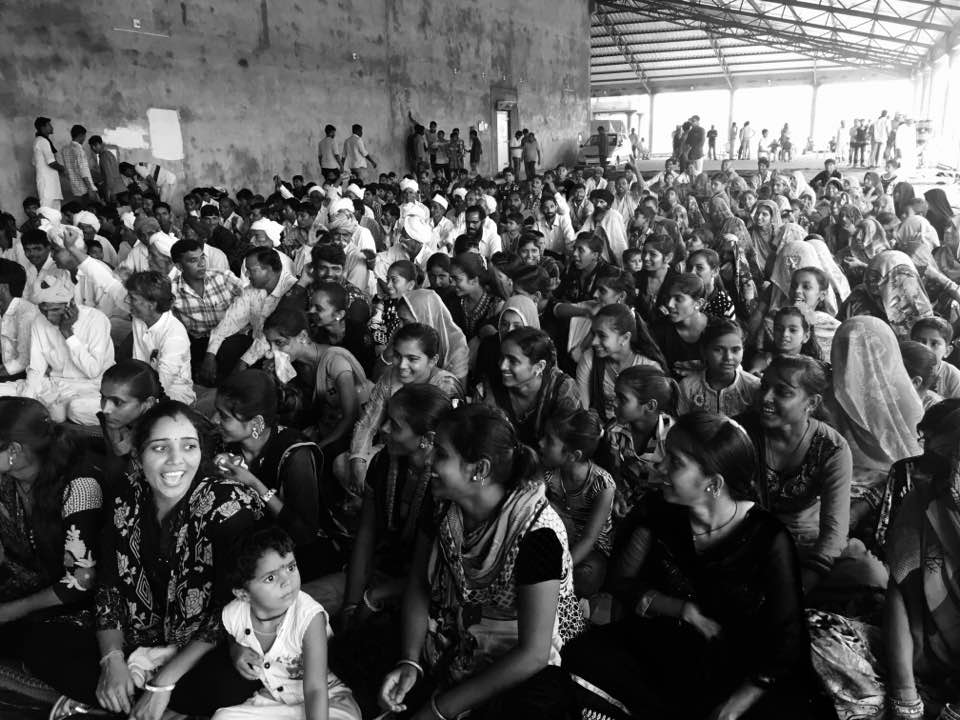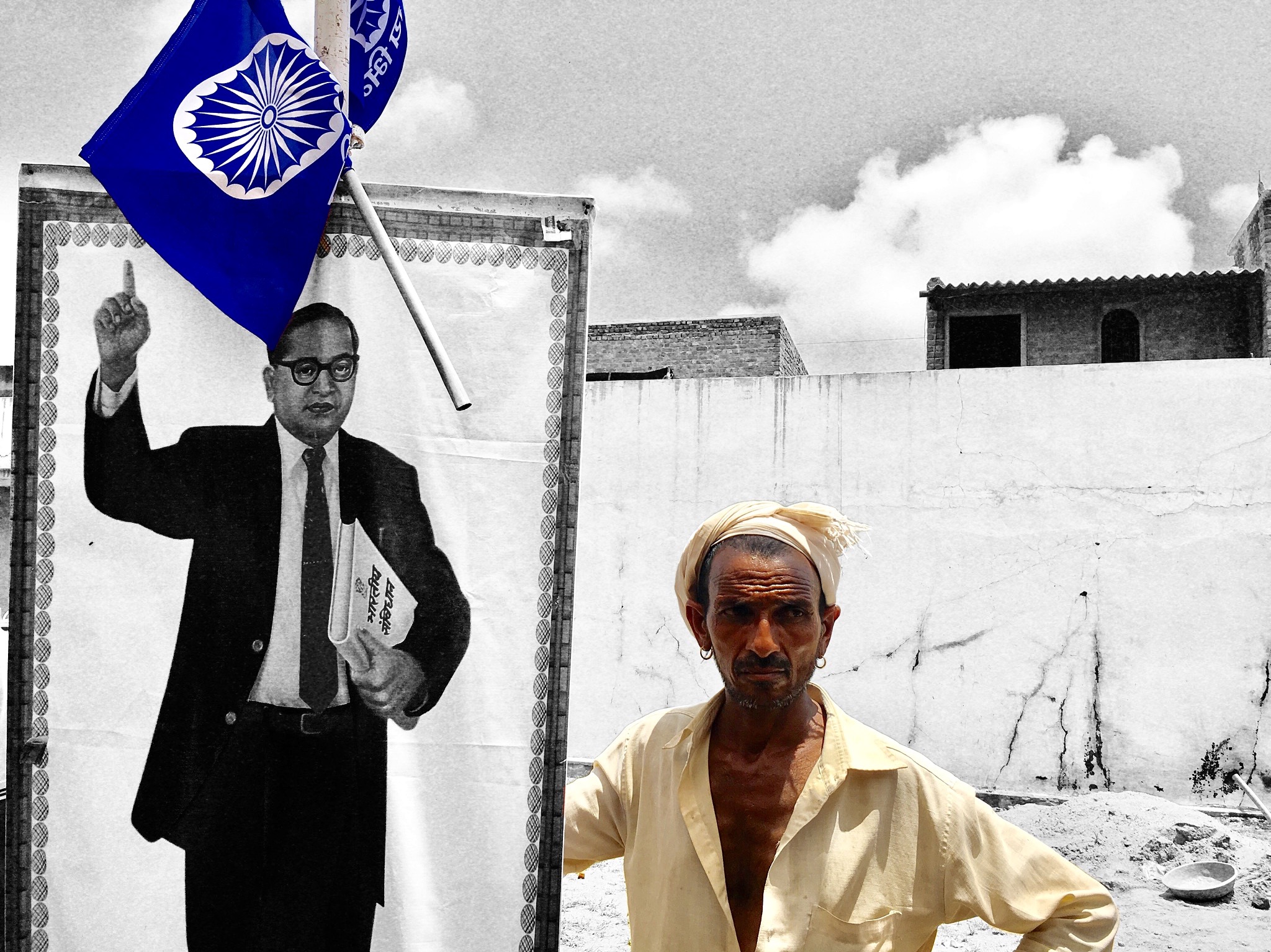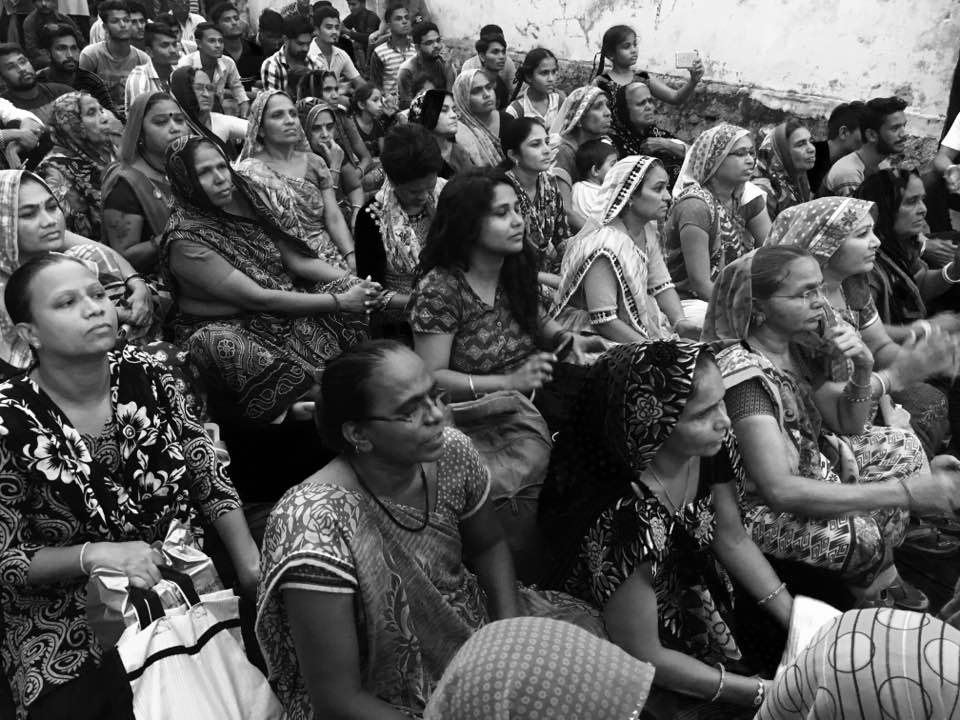A year has passed since the incident where four dalit youths were flogged by cow vigilantes in Una followed by the historic Dalit Asmita Yatra, a ten day march from Ahmedabad to Una organised to protest against the incident. The Una incident not only demonstrated the deplorable reality of caste-based violence, but it also highlighted how the violence meted out to dalits was something the upper-caste wore as a badge of honour. The relentless attack on dalits was simultaneously recorded to pronounce dalits as the "rightful" subject and recipient of abuse. They were attacked for "their" profession that has been "traditionally" ascribed to the community.

Following the outrage against caste-based violence, the dalits categorically rejected compliance with brahminical diktats to social roles and occupations including manual scavenging and carcass-skinning. This spontaneous movement of dalit assertion crystallised into a movement where people from across Gujarat started pouring onto the streets to join the Dalit Asmita Yatra. It tore the different layers of the social edifice on which differential oppression of labour(ers) along caste lines rests.
 Women and men protested against the caste atrocities
Women and men protested against the caste atrocities
The Dalit Asmit Yatra opened the floodgates of memory, narration and protest by dalits across Gujarat. The protest was no longer a response to a particular act of atrocity. It demanded theaccess of land to the dalit community, which remains a fundamental question of self-respect and dignity. Their slogan echoed: "Take your cow, give us our land!”.
Carrying forward the legacy of the victorious Una pprising, dalit leader Jignesh Mevani, organised a massive protest march to commemorate one year of the movement, called Azaadi Kooch.On 12 July 2017, Azaadi Kooch commenced from Mahesana and culminated in Lavara village of Banaskantha district on 18 July 2017 – the place where seven dalit families took possession of their 20 bighas of land. This land was allotted to them by the state government 45 years ago but remained in the hands of the dominant upper class. The indigo blue flags marked the 'takeover' of land that belonged rightfully to the dalits.
"No revolution without annihilation of caste", A man holding Babasaheb's photo
The Azaadi Kooch trail left its trace in Mehsana, Unjha, Brahmanvada, Sidhpur, Mehndipada, Vadgam, Kanoodar, Palanpur, Sagrosana, Dantiwada, Ranpur, Deesa, Raiya, Deodar, Motipavad, Bhabhar, Soneth, Tharad, and Dhanera. The movement not only left its trace in these places but it went to the same way around, as a remembrance of things past.
As "Ghoonghatt Chhodo, Zameen Se Naata Jodo" reverberated across Gujarat, women were under no illusion that the "women’s question" would only be "solved" through mere acquisition of land by dalits. While the understanding remains pivotal in informing the role of women in the struggles yet to come, the fight for land rights and livelihood helped them to carve a space as activists.
 Ghoonghat- the force and the resistance
Ghoonghat- the force and the resistance
The movement pushed the boundaries and scope of their participation by urging people to rethink the brahminical roots underpinning such social norms. For instance, purdah was challenged in myriad ways through the Kooch. There were no doubts in the minds of these fierce women who left their home to join the padyatra that this marked the beginning of the uprooting of the patriarchal underbelly of their society. The movement seems to have opened up a possibility for an organic struggle involving all oppressed masses through this movement which saw the participation of many women including adivasis, and Muslims.
Read other articles on Azaadi Kooch on ICF:
Azadi Kooch Marches on, Overcoming Hurdles
Azaadi Kooch Begins : Dalits, Patidars…






